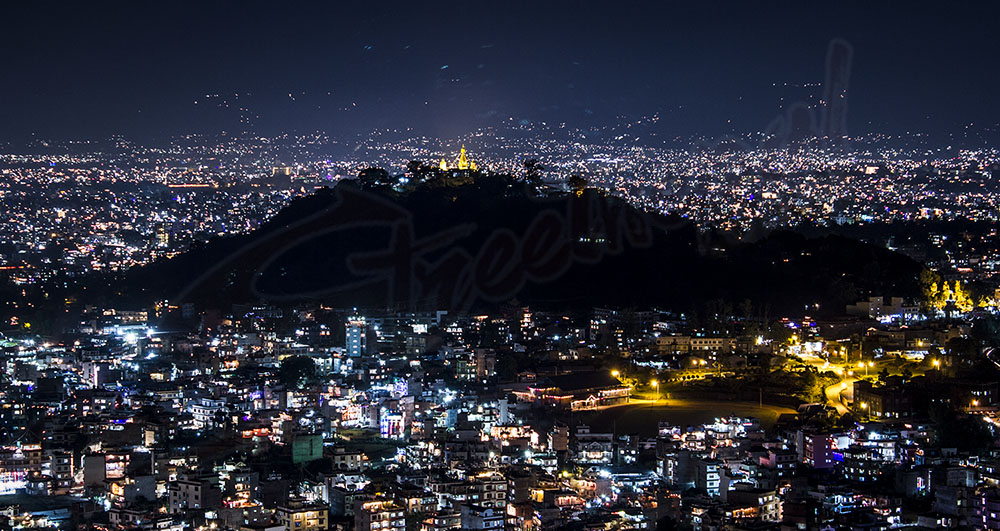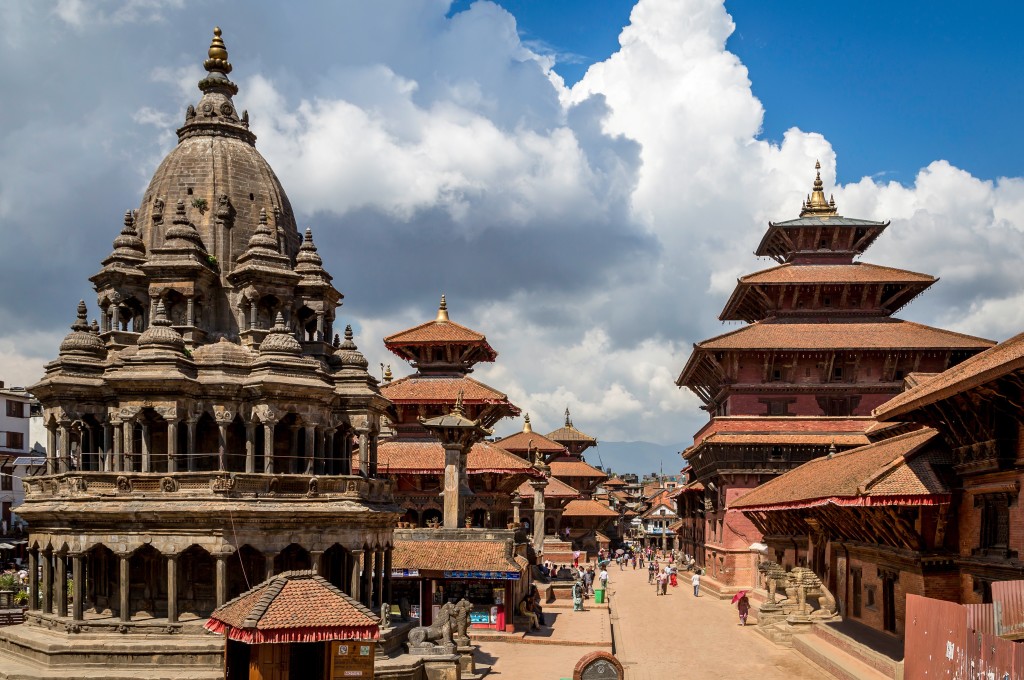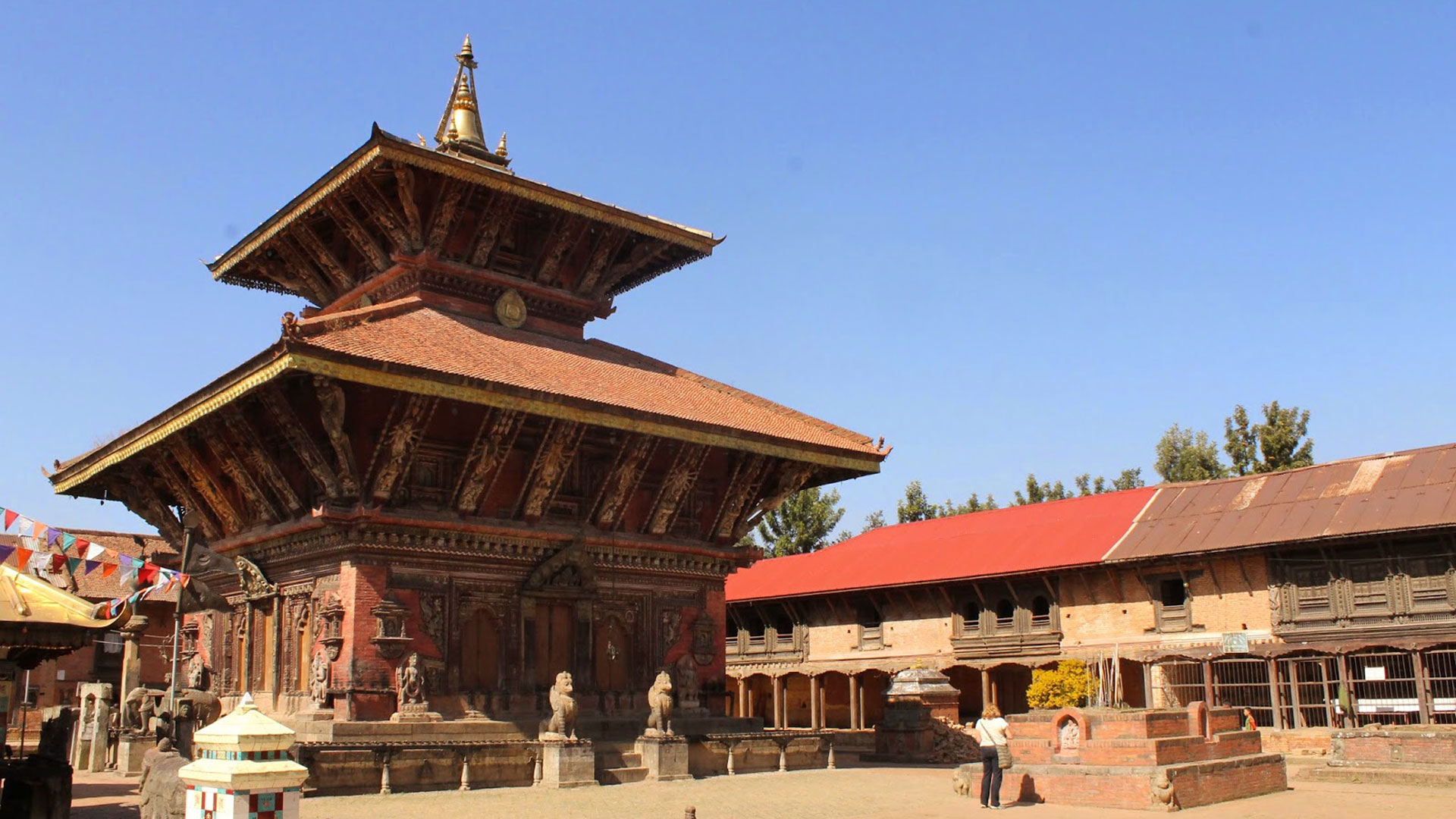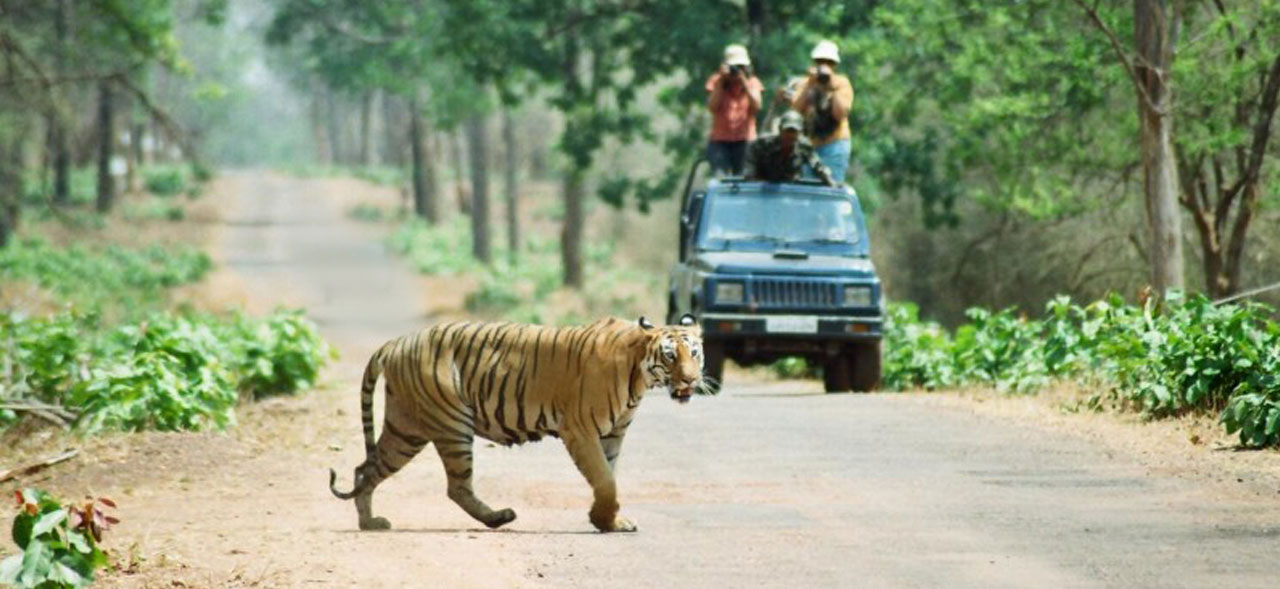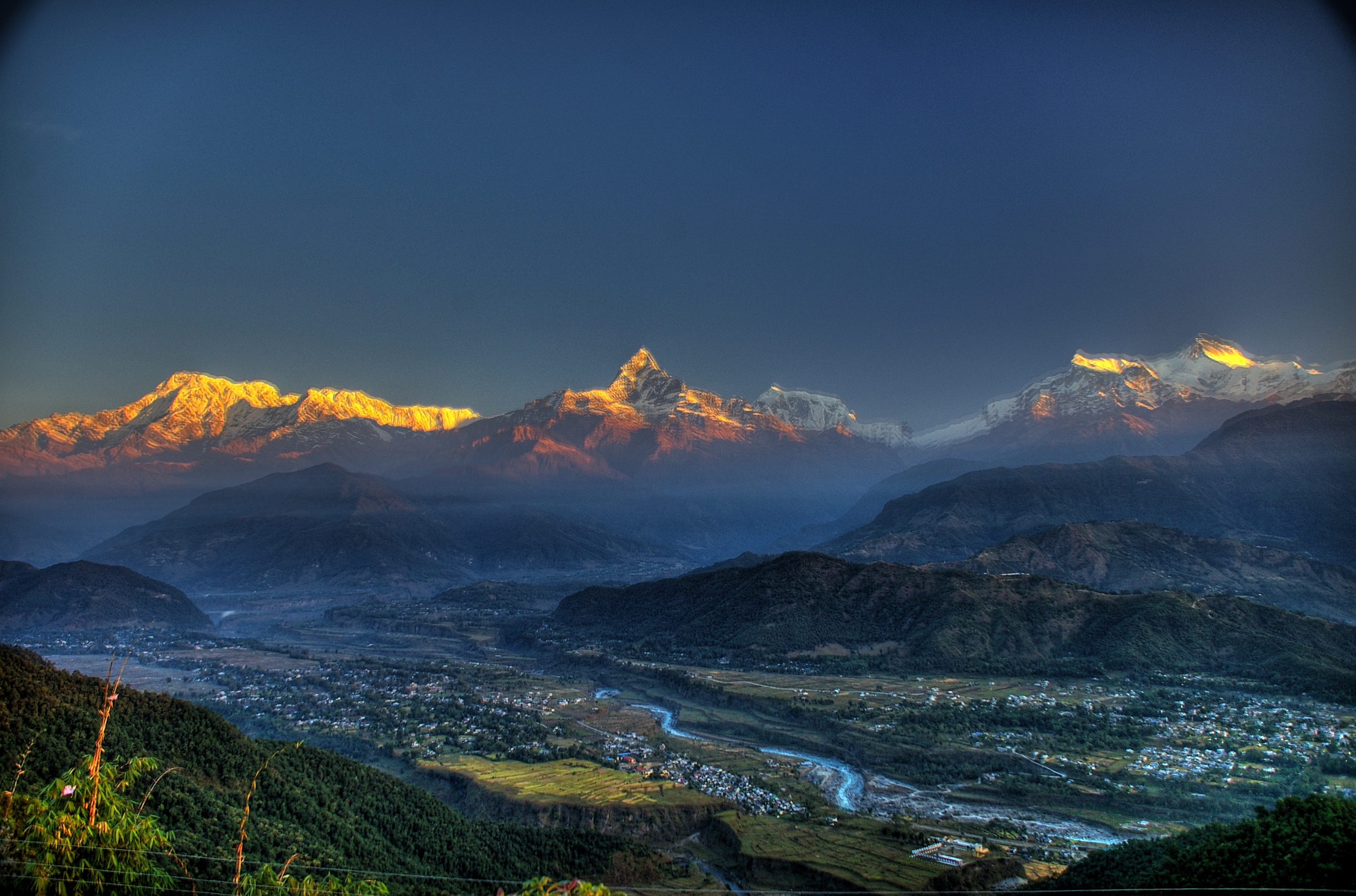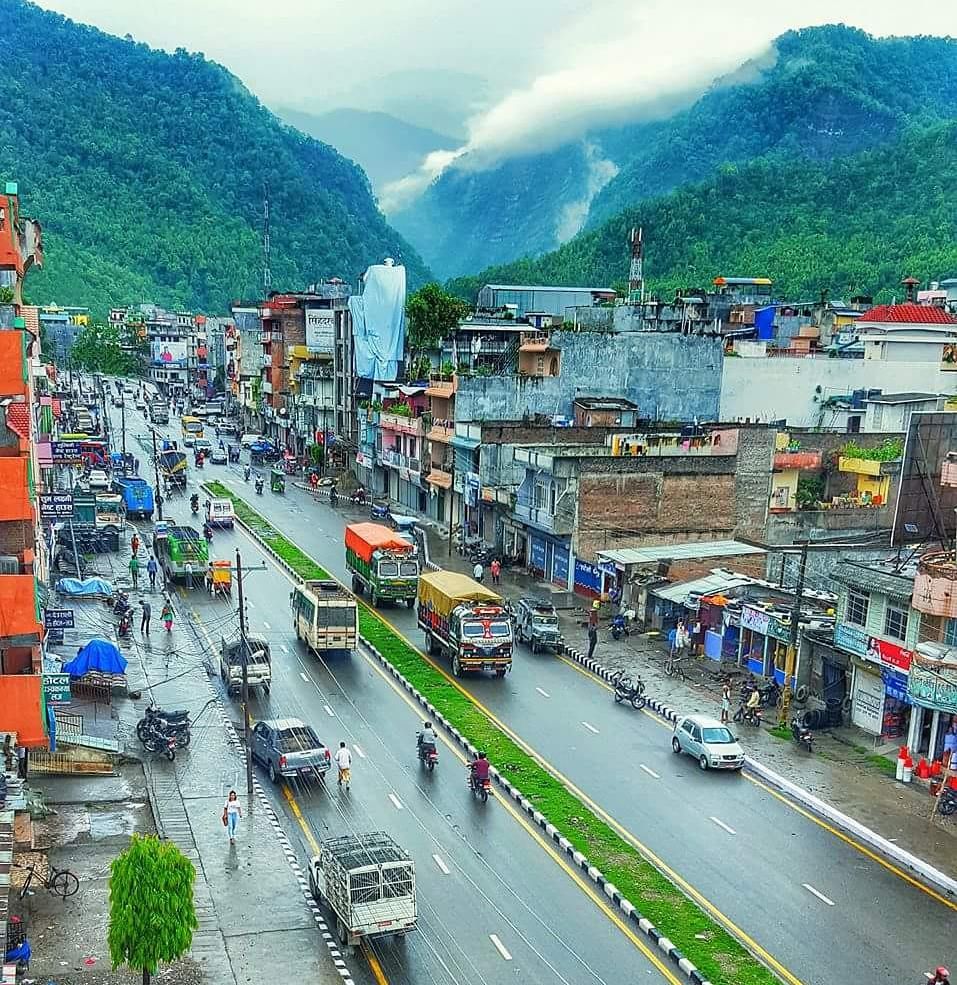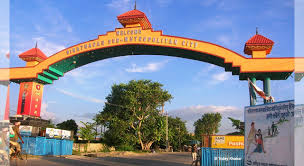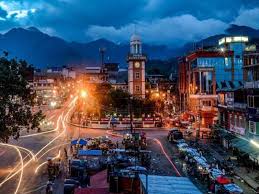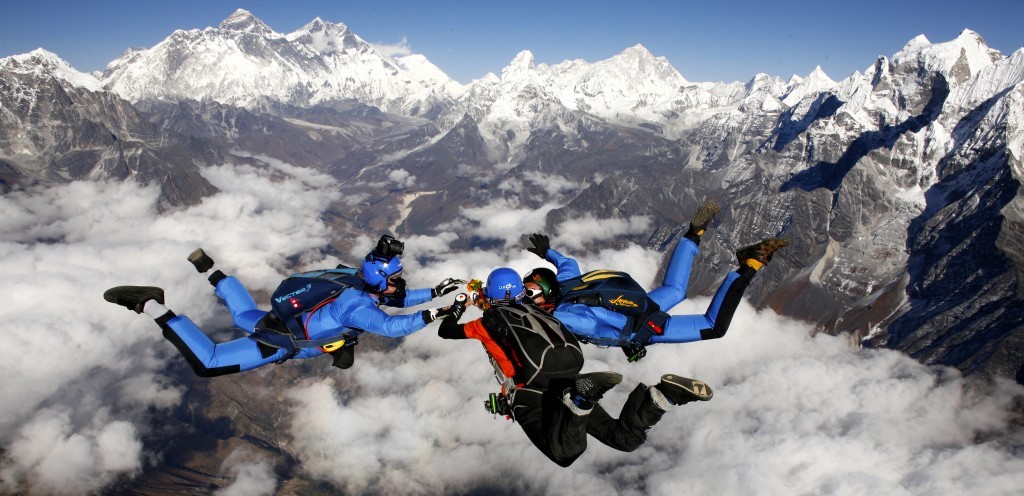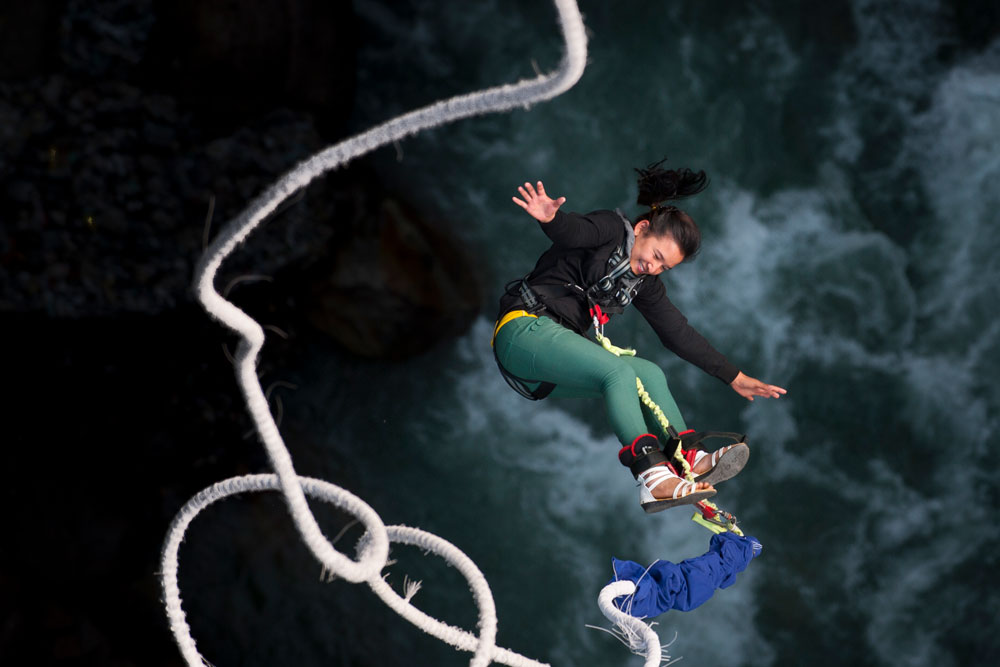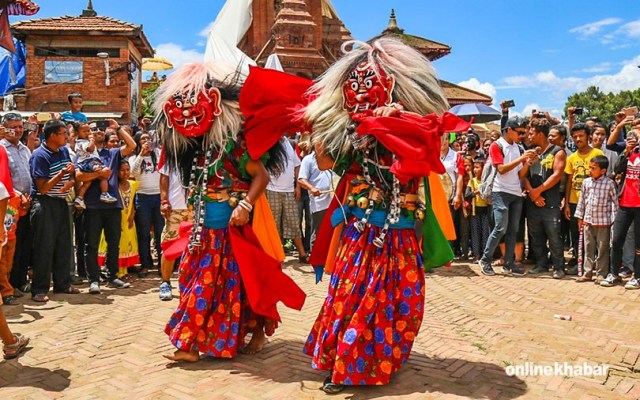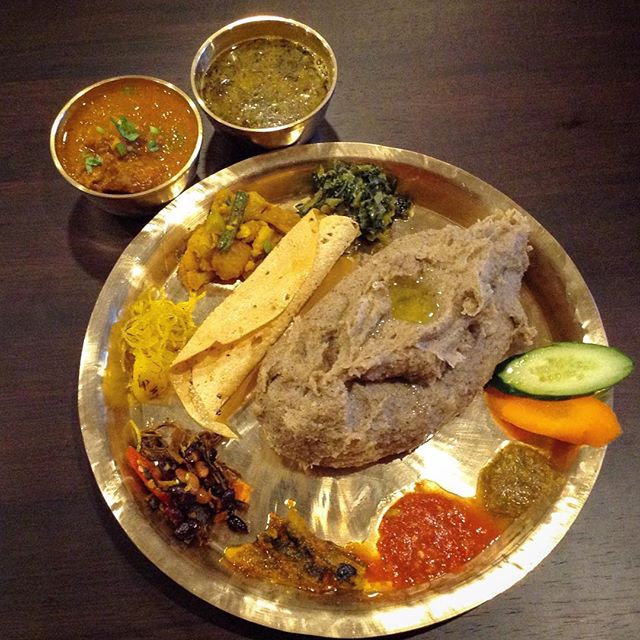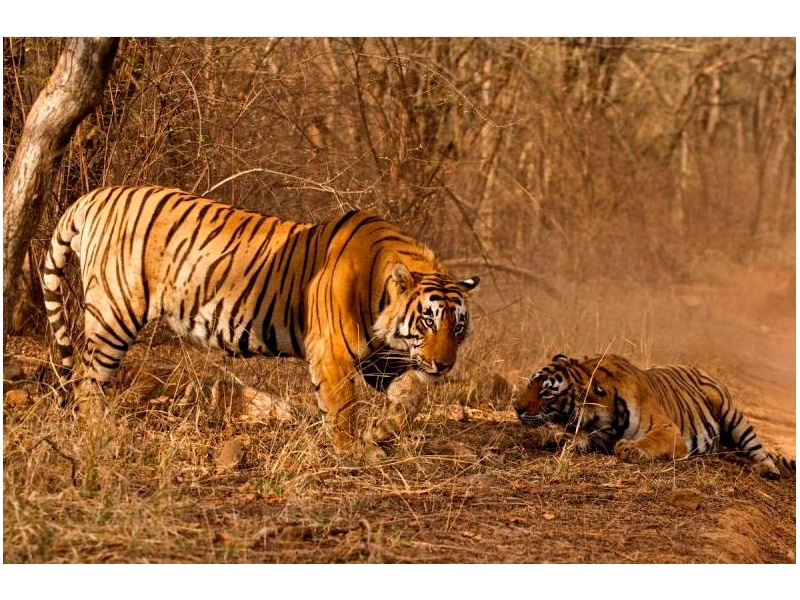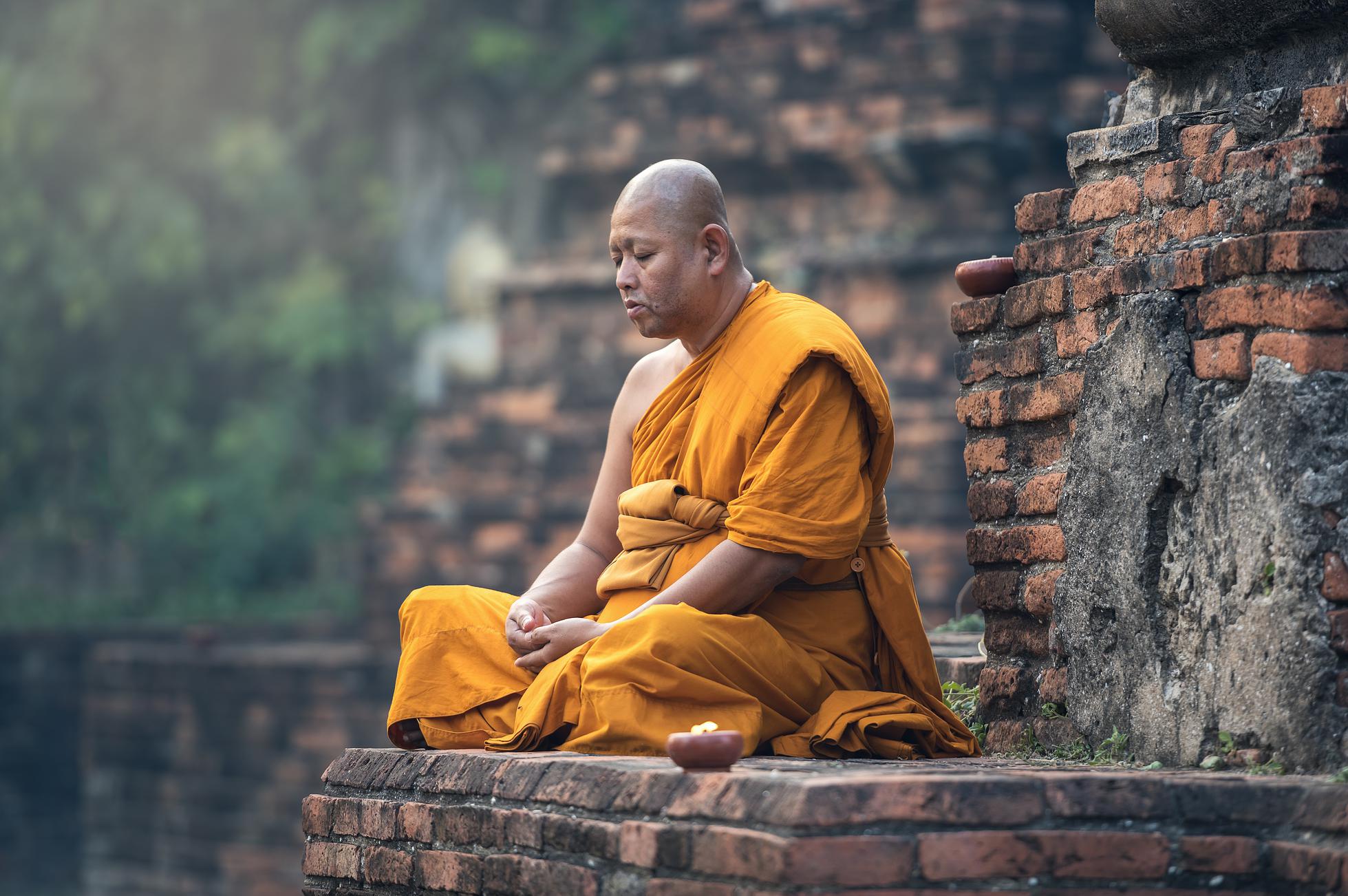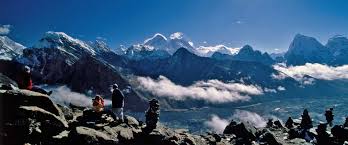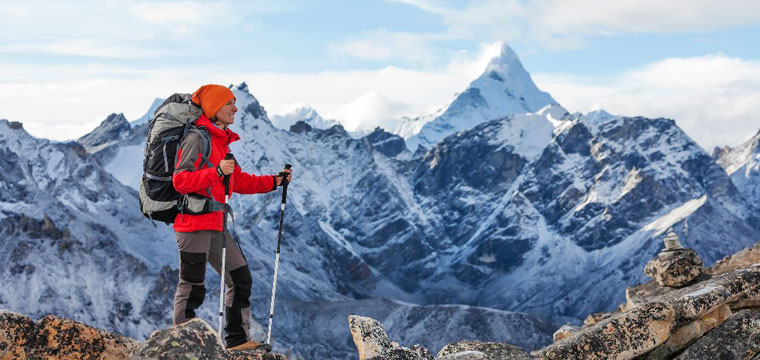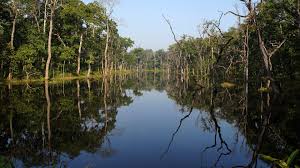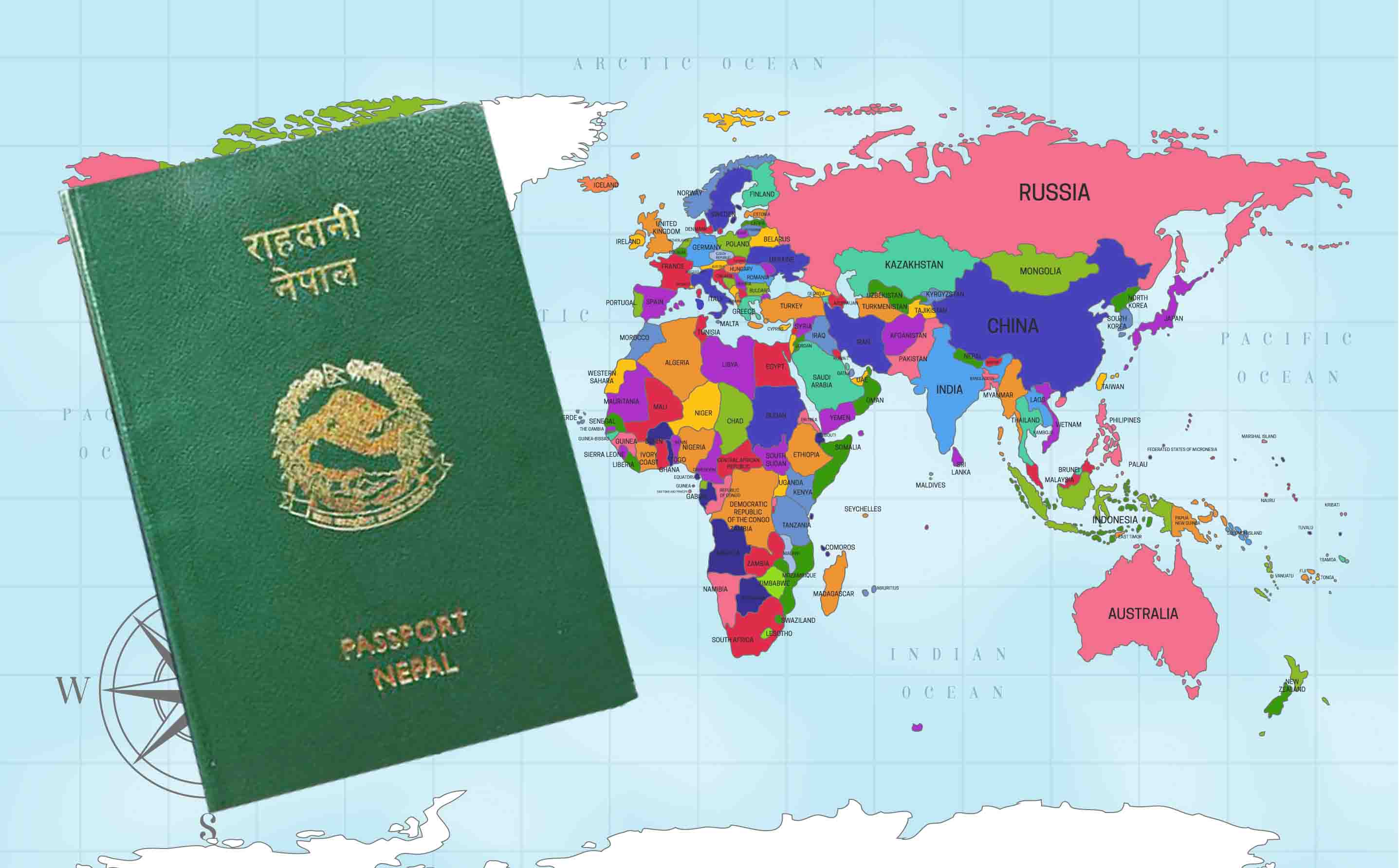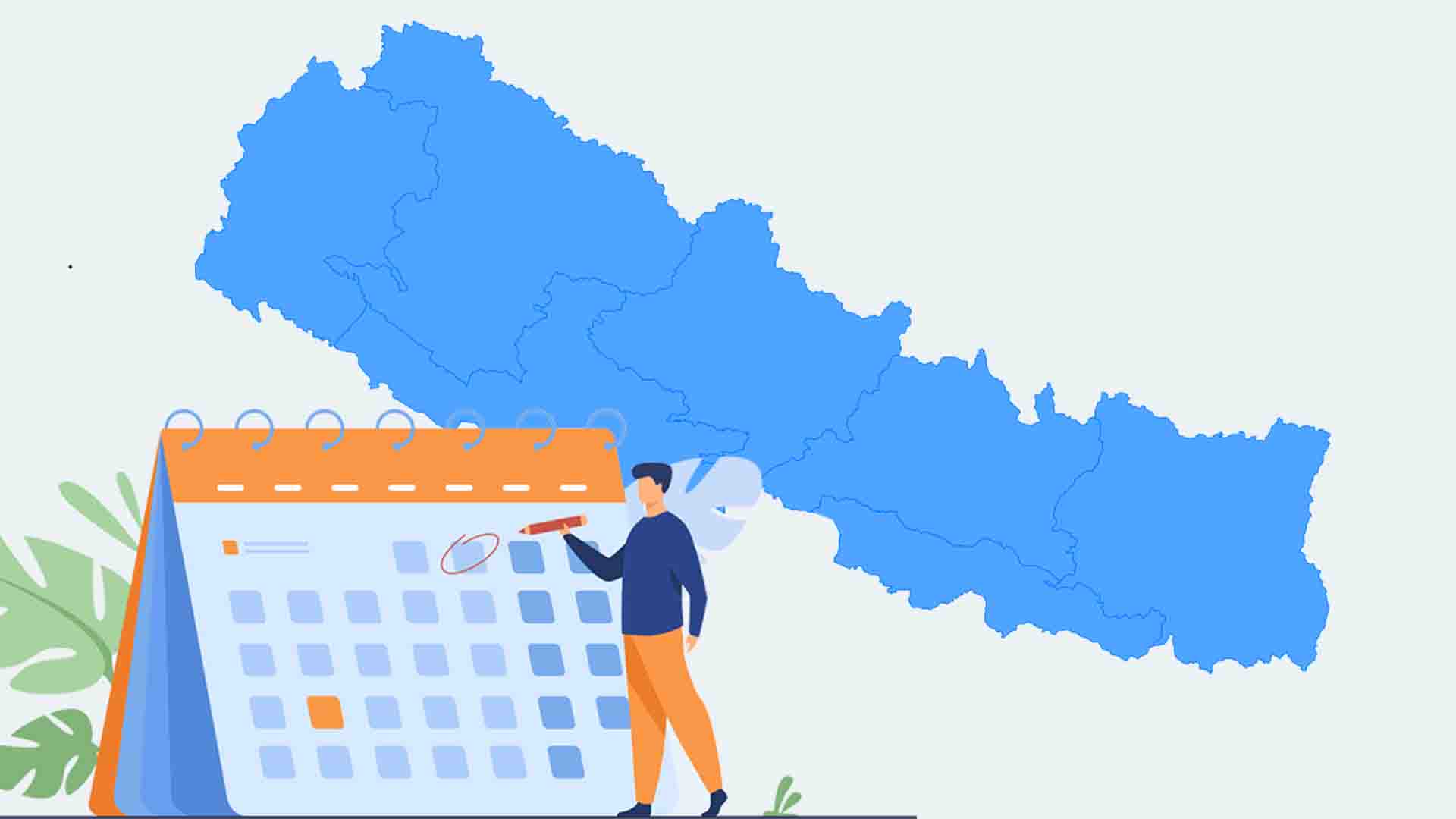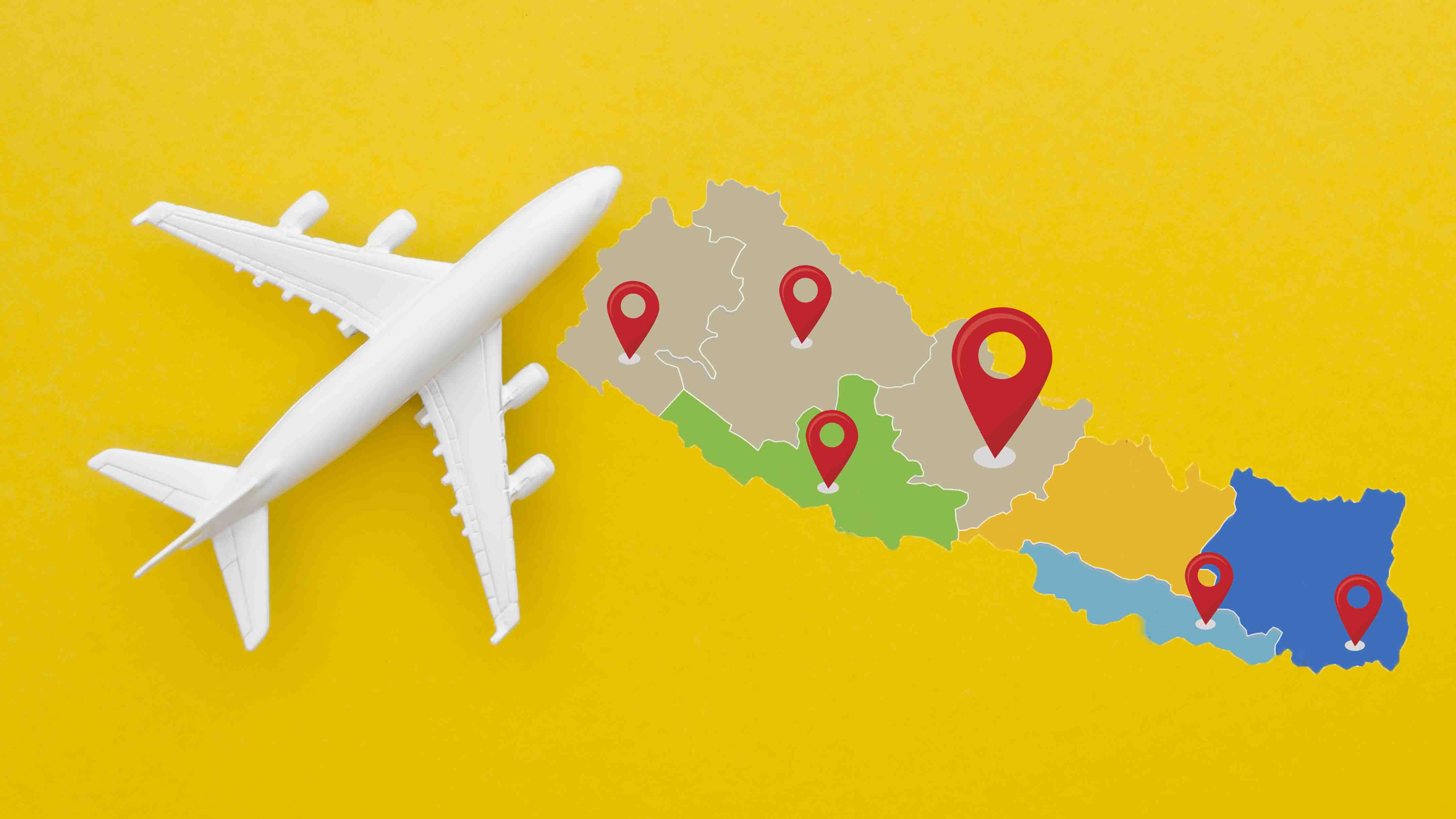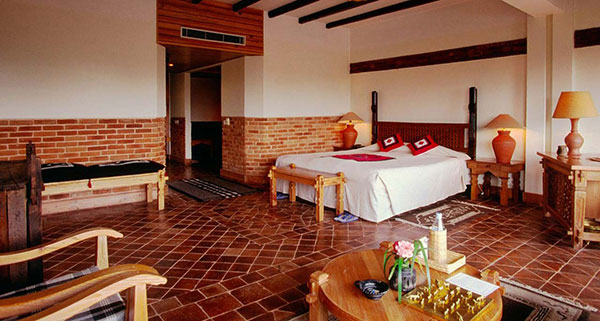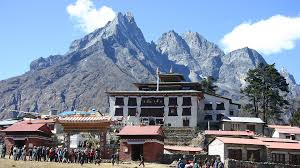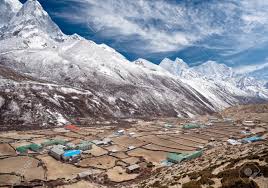Taplejung, one of the famous touristic districts in Eastern Nepal, receives many pilgrims and trekkers throughout the year. The district borders India in the east and Tibet in the north. Taplejung is full of Alpin grasslands, rocky outcrops, dense temperate, sub-tropical forests, and river valleys.
The district is famous for Pathivara Temple – the sacred temple for Hindus, and Mount Kanchenjunga – the third most massive mountain in the world. The star attractions of the place are the panoramic views of the majestic mountains, green hilltops, resplendent rhododendron forests, remote villages, unique cultures, and challenging trails.
The trekkers on their journey to Kanchenjunga Base Camp or Kanchenjunga Conservation Area cover the trails and the pilgrims of the Pathivara Temple. Wanderers also travel to Taplejung in search of ancient routes and mountain settlements and explore the unexplored region.
The district is separated from Tehrathum and Sakhuwasabha by Tinjure Milke Jaljale (TMJ) ridge. It is famous for its unique biodiversity with the world’s most extensive natural rhododendron forests and with the most significant number of species of rhododendrons available in the world.
Taplejung is home to several ancient gompas like Diki Chhyoling Gompa (400 years old) of Olangchungola that has a life-size statue of Avalokiteshwara. The gompa is famous for a butter lamp at the altar, which has been burning in the area ever since the gompa was constructed.
Predominantly, Limbus lived in the Kanchenjunga region, and later, the area is inhabited by ethnic groups like Sherpa, Rai, Gurung, Tibetan, Magar, Newar, Sunwar, Tamang, etc. Despite all the diversity in culture, people live in peace and harmony and are friendly to visitors and love to share their learning. Locals are involved in cardamom farming, agriculture, animal husbandry, and tourism as their primary sources of income.
To reach Taplejung, one can take a flight to Suketar, from Kathmandu or Biratnagar. The bus facilities from different locations like Basantapur through Dharan or Phidim through Birtamod will take you up to the start of the trekking trail.
One should be self-sufficient while taking this trail and carry their equipment like camping tents, food, medicines, trekking poles, etc. to have a comfortable trip. Enough lodges, teashops, and camps are available in the Pathivara Temple route.
Place To Visit In Illam
Pathivara Darshan
Pathivara Devi Shrine, one of the most popular and sacred Hindu pilgrimages in Nepal, is located at an altitude of 3,794 m from sea level, in Taplejung district of Province No. 1. Pathivara Devi, a powerful Hindu goddess, is believed to fulfill any dreams of her devotees with honest prayers. Devotees, whose wishes get fulfilled, come to the goddess again to sacrifice animals like goat, duck, etc. or silver or gold as precious offerings to the goddess.
Pilgrims from all over the country and India flock the temple throughout the year, especially on certain occasions and festivals. Even the Royal family of Nepal are devotees of the temple. Recognized as ‘Shakti Peeth’, the best time to visit the temple is from March to June and from September to November. During spring and autumn seasons, the temple visitors can also visit the Kanchenjunga range, the famous waterfall at Sawa Pokhara, and the popular pond of Timbuk.
The trail to Pathivara begins from Suketar, which lies at an altitude of 2,840 m, two hours walk from Phungling Bazaar, and the bazaar can be reached in a local jeep. The temple is 8 to 10 hours from Suketar. The only airport in Taplejung district is located in Suketar, which connects Kathmandu and Biratnagar through scheduled flights. Suketar lets you witness some mind-blowing views of Kanchenjunga and Kumbhakarna. You reach to the temple from Suketar through Deurali, Chhatedunga, Bhalugauda, and Phedi.
The trail is full of greens, thick forest, and diverse wildlife, birds, flowers, and butterflies. One gets to see most of the Kanchenjunga range from the point that is a magnificent view. The trekking trail is covered with stones, that makes the trekking easier for all age group. With several resting benches on the way, the trekking is easy and comfortable.
Several lodges and tea shops with average facilities are available in Phedi and other locations before reaching the temple. Despite the number of lodges, the crowd occupies every room during peak seasons. Locals in the region are mostly from ethnic group Limbu, with higher areas inhabited by Tibeto – Mongoloid ancestry. Other ethnic groups living in the area include Rai, Sherpa, Gurung, Magar, Newar, Sunwar, Tamang, etc.
Despite the trail being challenging, and with a constant risk of altitude sickness, trekkers are of diverse ages, from child to an elderly. The faith in pilgrims brings them to the temple with ease and comfort. If you are in Eastern Nepal, it is one of the must-visit shrines that you should not miss.








